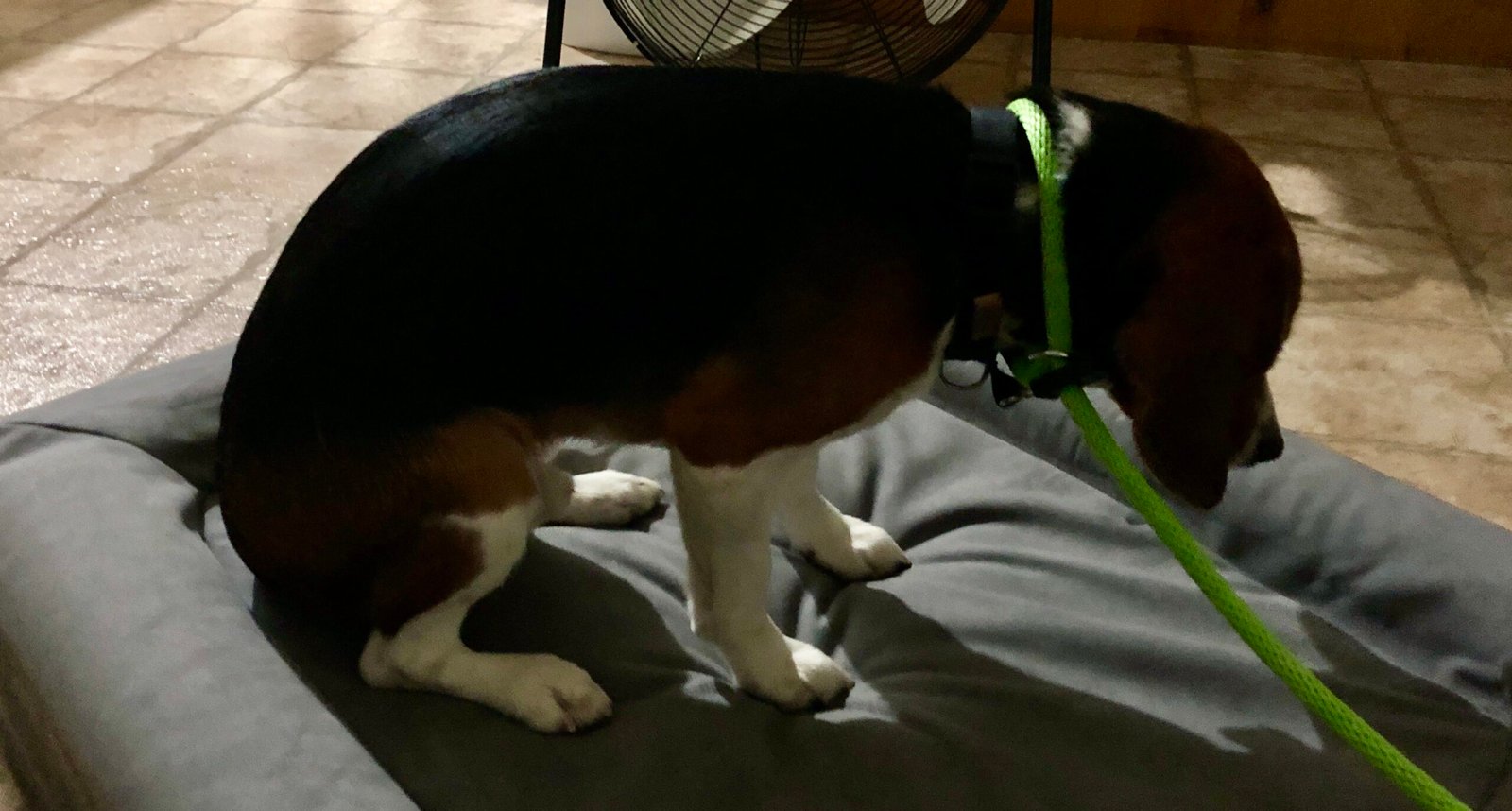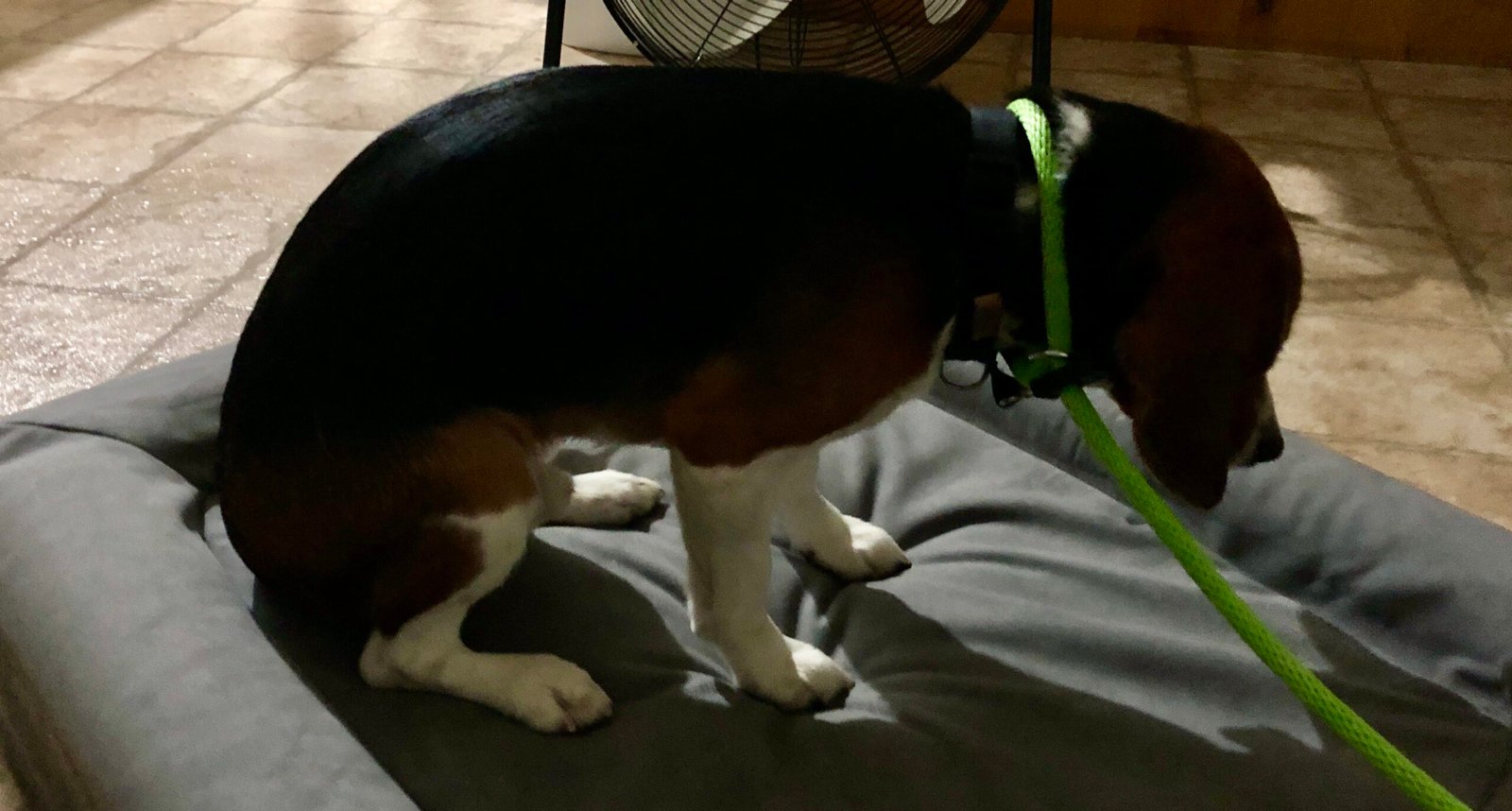Did you know that dogs are masters at hiding their pain? It’s both touching and a little bit heartbreaking. Our furry friends can be wagging their tails one minute and silently struggling the next, hoping we notice their subtle cries for help. If you’ve ever wondered if your pup is truly okay, you’re not alone. Understanding the quiet signals your dog sends can make all the difference between a happy, healthy life and unnecessary suffering. Let’s dig into the top signs your dog might be suffering in silence—and why paying attention matters more than you think!
Change in Appetite: When Dinner Isn’t Exciting Anymore

Most dogs get excited at mealtime, sometimes spinning in circles or drooling as soon as their bowl hits the floor. So, if your pup suddenly turns up their nose at dinner or only eats half their usual portion, it’s a big red flag. A loss of appetite can signal anything from dental pain to digestive issues or even emotional distress. Imagine if your favorite meal suddenly lost its appeal—something would definitely feel off, right? This shift might be subtle at first, but keep an eye on portion sizes and mealtime enthusiasm. Even a change in how quickly they eat can be a clue. Don’t brush it off as pickiness; your dog might be quietly asking for help.
Unusual Lethargy: The Couch Potato Transformation

Every dog needs their beauty sleep, but if your energetic companion suddenly seems glued to the couch, it’s time to pay attention. Lethargy in dogs often shows up as sleeping more than usual, moving slower, or lacking interest in playtime. It’s like seeing a once-bubbly friend suddenly stop telling jokes or joining in on fun. Sometimes, this is just a sign of aging, but it can also be a symptom of pain, infection, or emotional distress. Pay attention if walks seem more like chores than adventures. If your dog acts like their batteries are drained, it’s a gentle whisper that something’s not right.
Excessive Licking or Chewing: A Secret SOS

Have you ever caught your dog obsessively licking or chewing at a particular spot? Dogs often do this to soothe themselves when something hurts or feels off. It’s their version of rubbing a sore muscle or scratching an itch that won’t go away. Sometimes, the issue is visible, like a rash or sore, but often it’s hidden beneath the fur or even emotional. Excessive grooming can lead to bald patches or even infections. If your dog is suddenly fixated on one area, don’t ignore it—it’s their way of sending a furry SOS.
Changes in Breathing: Not Just a Panting Pup
Dogs pant for all sorts of reasons—it cools them down and helps them recover after a wild game of fetch. But if your dog is breathing faster than usual, wheezing, or struggling to catch their breath at rest, it’s a sign that something’s amiss. Think of it like your friend suddenly gasping for air after climbing a single flight of stairs—it’s odd and worrying. Labored breathing can point to pain, stress, or serious health issues like heart or lung problems. Never assume heavy breathing is normal if it comes out of nowhere or isn’t connected to exercise or heat.
Sudden Aggression or Withdrawal: Mood Swings Matter
Even the sweetest dog can become irritable or withdrawn when they’re in pain or discomfort. If your normally friendly pooch starts snapping, growling, or hiding from you, don’t take it personally—it’s often a cry for help. Imagine feeling unwell and not being able to tell anyone; frustration might bubble up eventually! Sudden changes in behavior, like avoiding cuddles or shying away from touch, are classic signs of suffering. This isn’t just being moody—it’s a warning sign that should never be brushed aside.
Unusual Vocalizations: Whimpers, Whines, and Yelps

Dogs communicate a lot through their voices, but they don’t usually moan or whimper for no reason. If your dog starts making more noise than usual—whether it’s whining, yelping, or even howling at odd times—it’s their way of saying something’s wrong. These sounds could mean anything from joint pain to anxiety or even something stuck in their paw. It’s like a friend who suddenly starts complaining about a headache every day—there’s likely a reason. Listen carefully to these vocal cues, and don’t dismiss them as simple attention-seeking.
Changes in Bathroom Habits: Accidents Aren’t Always Accidental
If your house-trained dog starts having accidents indoors or you notice changes in their usual bathroom routine, pay close attention. Frequent urination, straining, or even going in unusual spots can signal health issues like urinary tract infections, digestive troubles, or stress. It’s a bit like when you suddenly start needing more bathroom breaks than usual—it’s uncomfortable and worrying. Dogs can’t tell you when something feels off, so these changes are often their only option. Don’t punish or ignore—investigate!
Limping or Unusual Movement: Not Just Getting Old

A limp or stiff walk is a classic sign that something hurts, but many owners assume it’s just part of getting older. While aging can bring some stiffness, sudden or worsening limping is a clear sign of pain. It could be a sprained paw, arthritis, or even an injury you can’t see. Imagine trying to walk with a pebble in your shoe all day—uncomfortable, right? If your dog is favoring one leg, moving awkwardly, or struggling to jump onto the couch, it’s time for a check-up.
Excessive Hiding or Clinginess: Emotional Red Flags
Some dogs become wallflowers when they’re not feeling well, hiding under beds or in closets. Others do the opposite and turn into little shadows, refusing to leave your side. Both behaviors are big clues that something’s wrong. It’s like a friend who cancels plans suddenly, or another who starts texting you constantly for support. Changes in your dog’s need for companionship or solitude often reflect deeper issues, whether physical or emotional. Notice these shifts—they’re your dog’s way of waving a silent flag.
Unexplained Weight Loss or Gain: The Scale Doesn’t Lie
If your dog’s waistline is shrinking or expanding without any changes to diet or exercise, don’t ignore it. Unexplained weight loss can be a sign of serious conditions like diabetes, thyroid issues, or cancer. Rapid weight gain can point to hormonal imbalances, medication side effects, or underlying pain that makes exercise tough. Think of it as your own pants suddenly not fitting for no apparent reason—something’s up. Keep an eye on your dog’s shape and size, as these subtle changes often speak volumes.
What would you do if your dog could talk—would you listen more closely?

Linnea is a born and bred Swede but spends as much time as possible in Cape Town, South Africa. This is mainly due to Cape Town’s extraordinary scenery, wildlife, and atmosphere (in other words, because Cape Town is heaven on earth.) That being said, Sweden’s majestic forests forever hold a special place in her heart. Linnea spends as much time as she can close to the ocean collecting sea shells or in the park admiring puppies.






